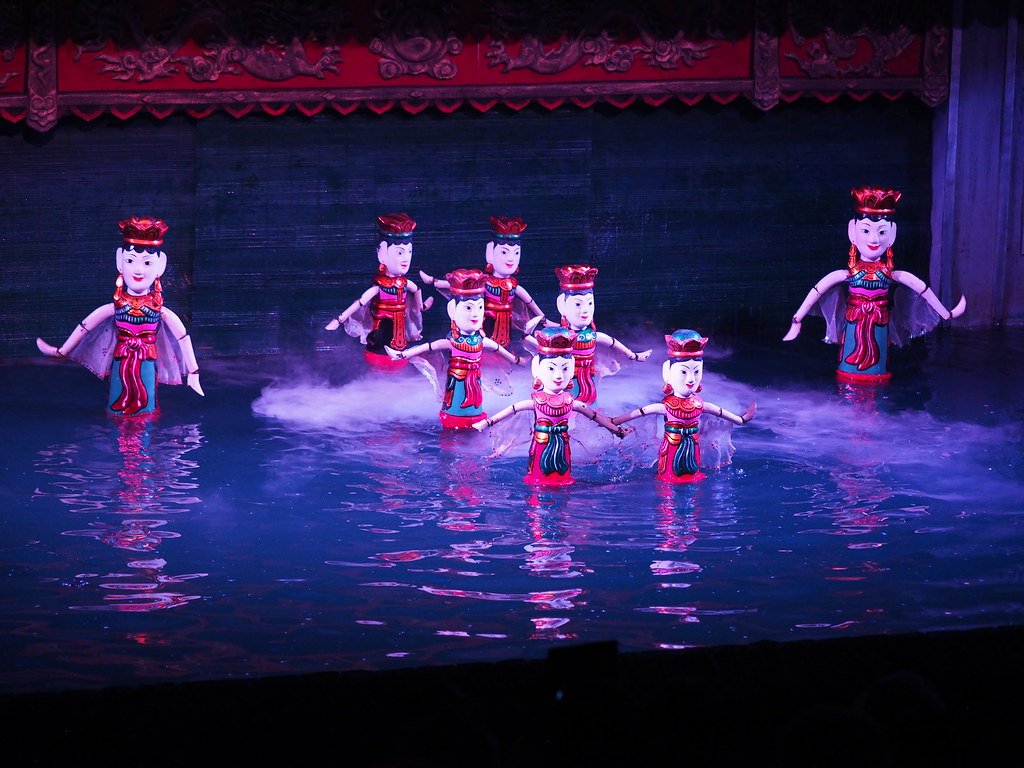
Welcome to the Thang Long Water Puppet Theater, where ancient Vietnamese traditions come to life through the enchanting art of water puppetry. Located in the heart of Hanoi, this unique theater offers visitors a mesmerizing cultural experience that is both entertaining and educational. Join us as we delve into the world of water puppetry and discover the magic of the Thang Long Water Puppet Theater.
Water puppetry has been an integral part of Vietnamese culture for centuries. Originating in the Red River Delta region, this traditional art form dates back to the 11th century and was originally performed in rice paddies and village ponds. The Thang Long Water Puppet Theater continues this time-honored tradition, providing a platform for showcasing the captivating stories and folklore of Vietnam.
The heart of the Thang Long Water Puppet Theater lies in its performances. Sit back and be transported to a world of mythical creatures, historical legends, and everyday rural scenes as the skilled puppeteers bring the puppets to life on a water stage. Puppeteers control the puppets using long bamboo rods hidden beneath the water, creating an illusion of puppetry in motion.
The performances are accompanied by a live traditional Vietnamese orchestra, which adds to the ambiance and enhances the storytelling experience. The musicians play traditional instruments such as drums, bamboo flutes, cymbals, and the monochord, creating a harmonious symphony that complements the puppets’ movements.
The water puppet performances at Thang Long Theater depict a wide range of narratives, including historical events, folklore, and scenes from daily life. Watch as the puppets dance, glide, and interact with one another, conveying stories that touch upon themes of love, bravery, and cultural values.
From the mythical tale of the Golden Turtle to the humorous antics of mischievous farmers, each performance is a visual spectacle that captivates audiences of all ages. The vibrant colors, intricate puppet designs, and skillful puppeteering techniques make for a truly immersive and magical experience.
The Thang Long Water Puppet Theater plays a crucial role in preserving and promoting Vietnamese cultural heritage. By showcasing water puppetry to both locals and international visitors, the theater ensures that this traditional art form continues to thrive and evolve.
The theater also serves as a training ground for aspiring puppeteers, ensuring that the skills and techniques are passed down to future generations. Visitors to the theater can witness the dedication and artistry of these talented performers, gaining a deeper appreciation for the craftsmanship and intricacies involved in water puppetry.
To make the most of your visit to the Thang Long Water Puppet Theater, here are a few tips and ticket information:
A visit to the Thang Long Water Puppet Theater is a must for anyone seeking a unique and captivating cultural experience in Hanoi. Immerse yourself in the ancient art of water puppetry, witness the skillful performances, and be transported to a world of legends and folklore. The theater’s dedication to preserving Vietnamese traditions ensures that this enchanting art form continues to thrive, delighting audiences from around the world.
Subscribe to see secret deals prices drop the moment you sign up!
